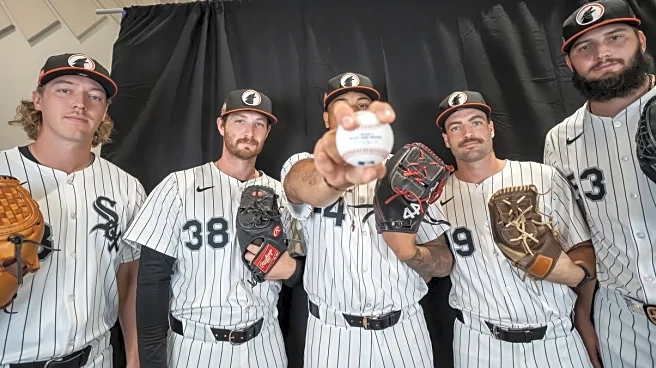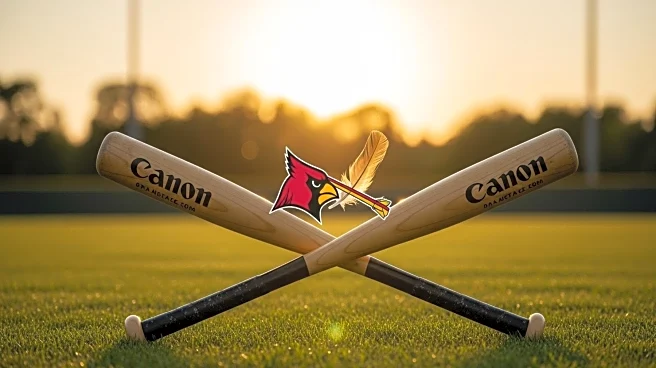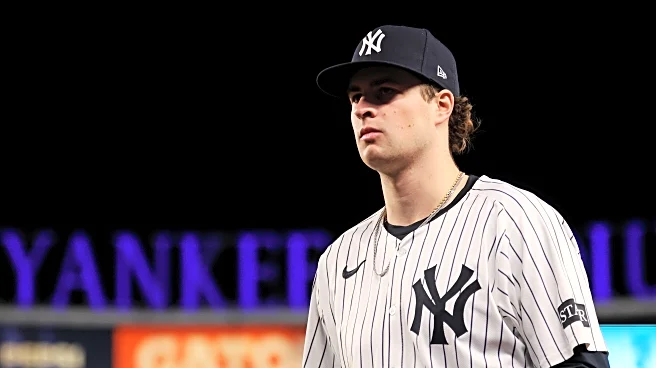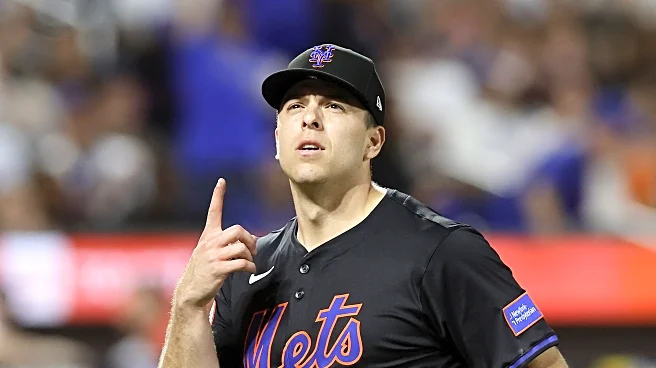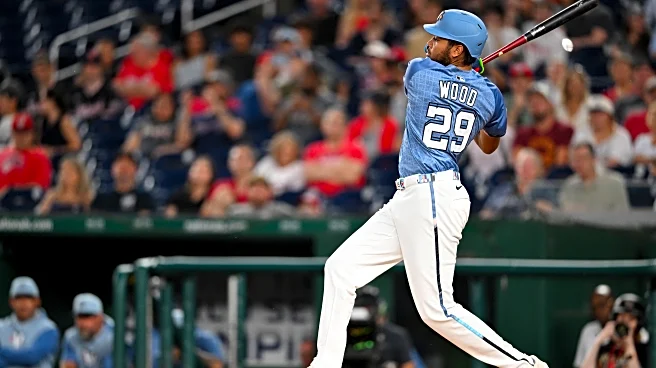One of the projects I plan to tackle at the start of this off-season is to profile a player who was, in my opinion, the most pleasant surprise. I plan 3 articles, one each for the category of defense,
offense and pitching. That’ll get me to the part of the off-season where there is some real news to digest.
Who was the most surprising (in a good way) pitcher this year? Stephen Matz might get an honorable mention here. Some corners of Twitter-verse would likely stump for Mathew Liberatore and/or Kyle Leahy. I landed on Matt Svanson. One, because of the outstanding season he had in St. Louis, but also because what we got was so much more than we had reason to expect. Let’s dive in.
Svanson’s MiLB profile from his time in Memphis was … not inspiring. Here is his Statcast data from the first part of the season, spent in Memphis.

Right away, what catches the eye is how much blue there is. This is not the profile of a minor league relief prospect that is destined for MLB success. I will dissect this in a minute, but I wanted to show you his MLB Statcast for the second half of 2025 (yes, this is the same pitcher).

Immediately, what catches the eye is how much more red there is. Still some blue to be found, but considerably better, overall. What changed (for the better)?
First, we need to remember that 21.2 IP at Memphis is a super small sample size, and the weather in spring in Memphis was very, very challenging. Cold and wet. The SSS and the weather could well be part of the explanation.
Next, let’s find a couple of raw data points to compare. Svanson’s average exit velocity (88.9) was exactly the same at both levels. Somehow, that EV was 35th percentile at AAA (not great), but ended up as 59th percentile in MLB (decently above average). So, they hit the ball harder in AAA than they do at MLB? Hmmm…
Note his 22.4% K-rate at AAA improved to 28.7% at MLB. Likewise, his walk rate held mostly steady (9.2% at AAA, 8.7% at MLB). ProspectSavant doesn’t post his FB velo in AAA, but Statcast Minors shows it to have been 95.9 (sinker) and his average FB (sinker) at MLB was 96.8 mph, good for 86th percentile. So this guy is a high-octane reliever who gets K’s. This doesn’t jump out from his limited data at Memphis (and we don’t have Statcast data from his prior year at AA). His hard-hit percent dropped from 47.7% at AAA to 35% MLB. This is where SSS can get us … at 21.2 IP, he only had 68 balls in play. 32 of them would’ve qualified as hard hit. 24 hard hits would have given us the same 35% he experienced at the MLB level, so that is just 8 more hard hit balls in the sample. Hard to draw much from that.
Svanson produced .9 fWAR in half a season with the MLB club, or about .9 more than I expected from him. And that was more than 3 starters (Fedde, Mikolas, Pallante).
Is this sustainable? Hard to say. Median K-BB% is around ~15, and preferably higher for a high-octane reliever. His qualifies at 20%, which is top 25% of all relievers with 60 IP or greater. His xFIP was 3.45 against an ERA of 1.98, so some regression is to be expected, at least in ERA. He seems to specialize in soft contact and carries a fairly high ground rate (56.6%) for a high K pitcher. His SIERA was 3.16. So it looks like he benefitted from some luck, particularly in a low HR rate.
Let’s peek at his pitch mix.

He is pretty much sinker-sweeper to right-handed batters and adds a cutter when facing lefties. He does not throw a 4-seamer hardly at all, which I found surprising for a guy that throws that hard. I wondered why. He only threw it 15 times all year, and 2 of those were homeruns. Small sample size, indeed, but one can see why he didn’t throw it anymore. His sinker is a little harder and has better movement, so I can see the choice. There isn’t enough data to say whether the 4-seamer would play well in the top of the zone.
His sinker and sweeper play well off each other from a spin point of view. They have pretty much the exact opposite spin, which would make it hard for a hitter to discern. Given the significant difference in velo and opposite break, hitters will have a hard time reading the pitch and adjusting. His cutter is kind of all over the boards in terms of spin and release point. I wonder if this was a new pitch for him this year. Absent Statcast data from his prior minor league experiences, I’m not sure how I’d tell.
One of the values Svanson brought this year was as a multi-inning, high K reliever. He accumulated almost a full season of traditional reliever IP (60.1) in just 39 appearances over half a season. As starter IP goes down, multi-inning relievers gain value in a bullpen.
Relievers are super volatile, and the sample sizes are still a bit small to realistically project. That said, he did very well this year. I would expect they are penciling him into the bullpen plan for 2026, but also keenly aware of the Ryan Fernandez lesson, which is that relievers are extraordinarily volatile.

